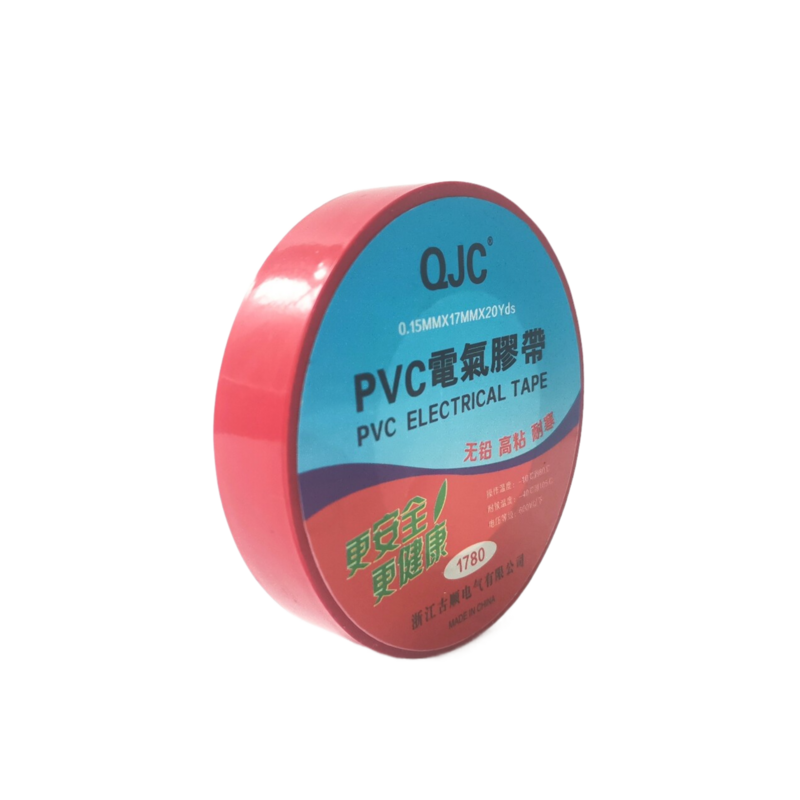Understanding Hazard Floor Tape A Guide to Safety and Visibility
In various environments such as warehouses, factories, construction sites, and hospitals, safety is paramount. One of the most effective ways to enhance safety and ensure a safe working environment is the use of hazard floor tape. This specialized tape serves multiple purposes, primarily focusing on creating visual cues and ensuring that employees, visitors, and customers are aware of potential hazards present in the vicinity.
What is Hazard Floor Tape?
Hazard floor tape is a type of adhesive tape designed to stick to floors and surfaces. Its purpose is to provide a clear indication of hazardous areas, pathways, or specific zones that require attention. Typically, this tape comes in bright colors—most commonly yellow, black, red, and fluorescent variants—that are easily visible even in low-light conditions. The high visibility of these colors helps attract attention and convey important information regarding safety protocols.
Applications of Hazard Floor Tape
1. Marking Dangerous Areas Hazard floor tape is often used to mark off areas that are dangerous or off-limits. For instance, it can delineate zones where heavy machinery operates, clearly indicating to employees that caution is necessary when entering these spaces.
2. Defining Walkways In environments where pedestrian traffic coexists with vehicular traffic, marking walkways with hazard floor tape can help prevent accidents. Clearly defined pedestrian paths reduce the risk of collisions and ensure that employees can navigate safely.
3. Indicating Emergency Exits In case of an emergency, it's crucial that exits are easily identifiable. Hazard floor tape can be used to lead individuals towards emergency exits, enhancing evacuation procedures and ensuring everyone knows the safest exit routes.
4. Highlighting Work Zones In construction or maintenance scenarios, marking off work zones with hazard floor tape can communicate to bystanders that work is actively being conducted. This serves both as a warning and as a guideline, helping to keep non-workers at a safe distance.
hazard floor tape

Benefits of Using Hazard Floor Tape
1. Improved Safety The primary benefit of hazard floor tape is its role in promoting safety. With clear markings indicating dangers, employees can be more vigilant, reducing the likelihood of accidents and injuries.
2. Cost-Effective Compared to other safety measures such as installing barriers or conducting extensive training, hazard floor tape is a relatively low-cost option. It is easy to apply and can be replaced quickly when it wears out or when the area of focus changes.
3. Versatility Hazard floor tape can adhere to various surfaces including concrete, wood, and tiles. This versatility makes it an ideal solution in diverse settings from warehouses to hospitals.
4. Compliance with Regulations Many industries are subject to safety regulations that require clear markings of hazardous areas. Using hazard floor tape helps businesses adhere to these regulations, potentially avoiding fines and improving overall workplace safety.
Installation and Maintenance
Installing hazard floor tape requires minimal effort. The surface must be clean and dry to ensure proper adhesion. Once applied, the tape can withstand foot traffic, but it’s important to inspect it regularly for wear and tear. Replacing damaged or faded tape promptly maintains visibility and safety standards.
Conclusion
In summary, hazard floor tape is an essential tool for enhancing safety in various environments. Its ability to provide clear visual cues improves awareness of hazards, helping to minimize accidents and injuries. By incorporating hazard floor tape into safety protocols, businesses can create a safer workplace for everyone involved. Investing in such simple yet effective solutions is not only cost-effective but also a critical step towards fostering a culture of safety and responsibility.
-
XIANGFAN Rubber Tape-Ultimate Solutions for All Your Insulation NeedsNewsJun.24,2025
-
XIANGFAN Rubber Tape-Protection for Industrial and Residential ApplicationsNewsJun.24,2025
-
XIANGFAN Rubber Tape: Superior Safety and Sealing for Demanding EnvironmentsNewsJun.24,2025
-
XIANGFAN Rubber Tape: Reliable Solutions for Every Electrical ChallengeNewsJun.24,2025
-
XIANGFAN Electrical & Industrial Tape: Powering Reliability Across IndustriesNewsJun.24,2025
-
XIANGFAN Electrical & Industrial Tape: Excellence in Every ApplicationNewsJun.24,2025
